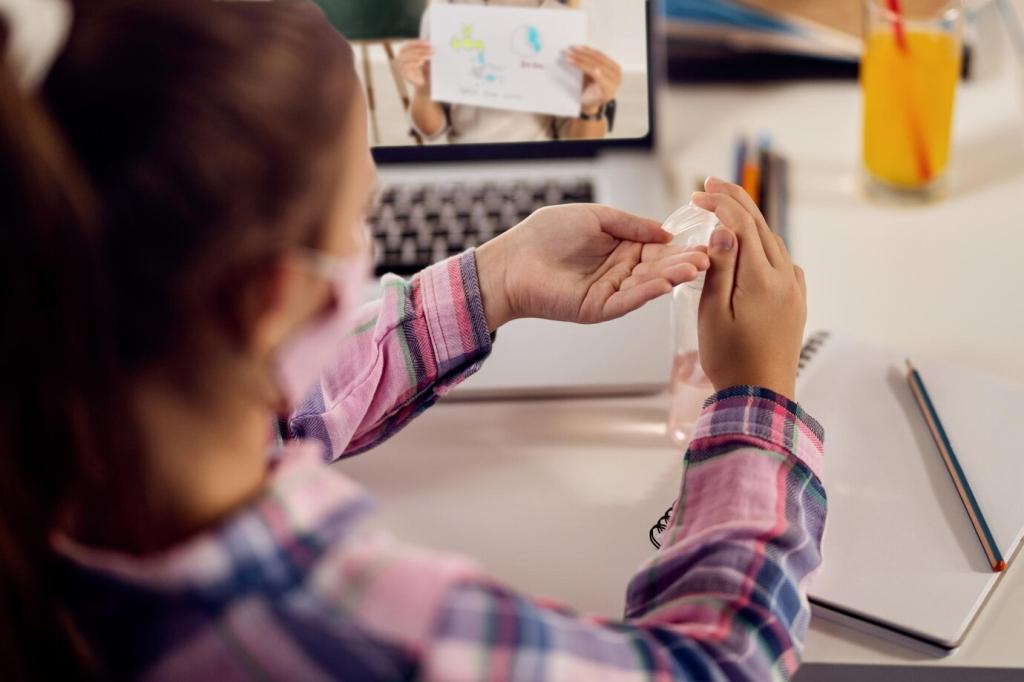Project-Based Challenges that Stick
Teams adopt an existing page and improve headings, contrast, focus order, and keyboard flow within a timed sprint. The deadline energizes action while checklists ensure thoroughness. Share screenshots of your before and after to inspire fellow learners.
Project-Based Challenges that Stick
Structured, time-boxed critiques build trust and sharpen judgment. Presenters state goals; peers ask clarifying questions; notes center on user outcomes. The ritual cultivates generous candor and repeatable habits. Volunteer to host a circle in our community thread.
Project-Based Challenges that Stick
Students translate a narrative brief into a responsive prototype, defining components, tokens, and breakpoints. By deploying publicly, they gather feedback from real users, closing the loop between intention and impact. Subscribe to receive the next sample brief.



